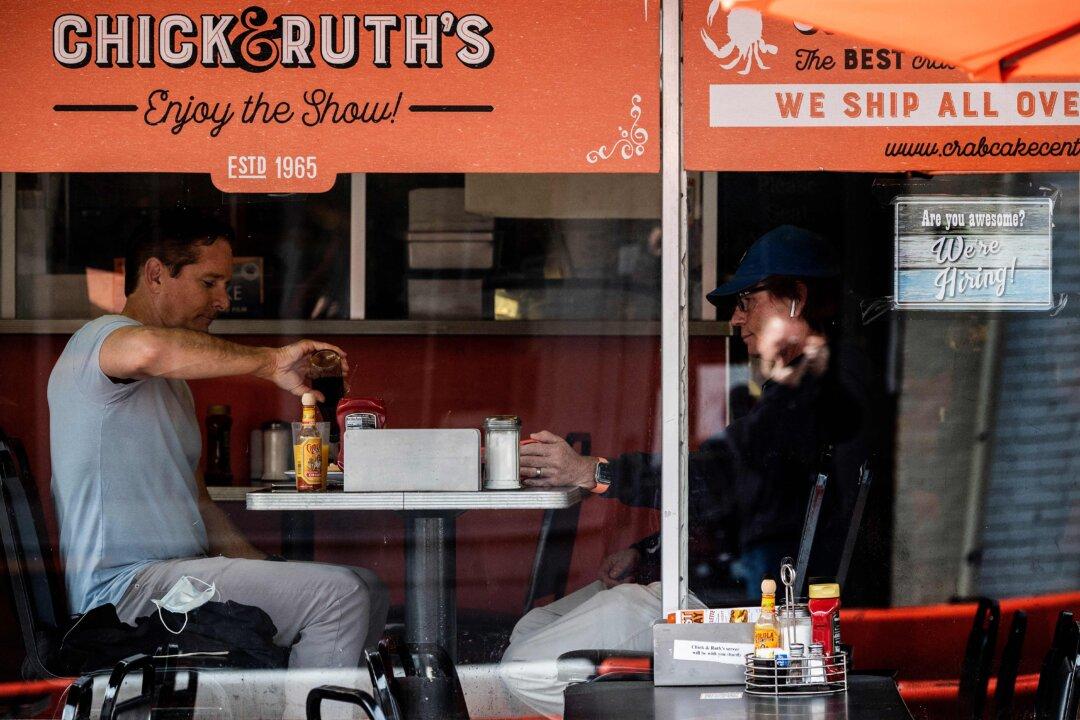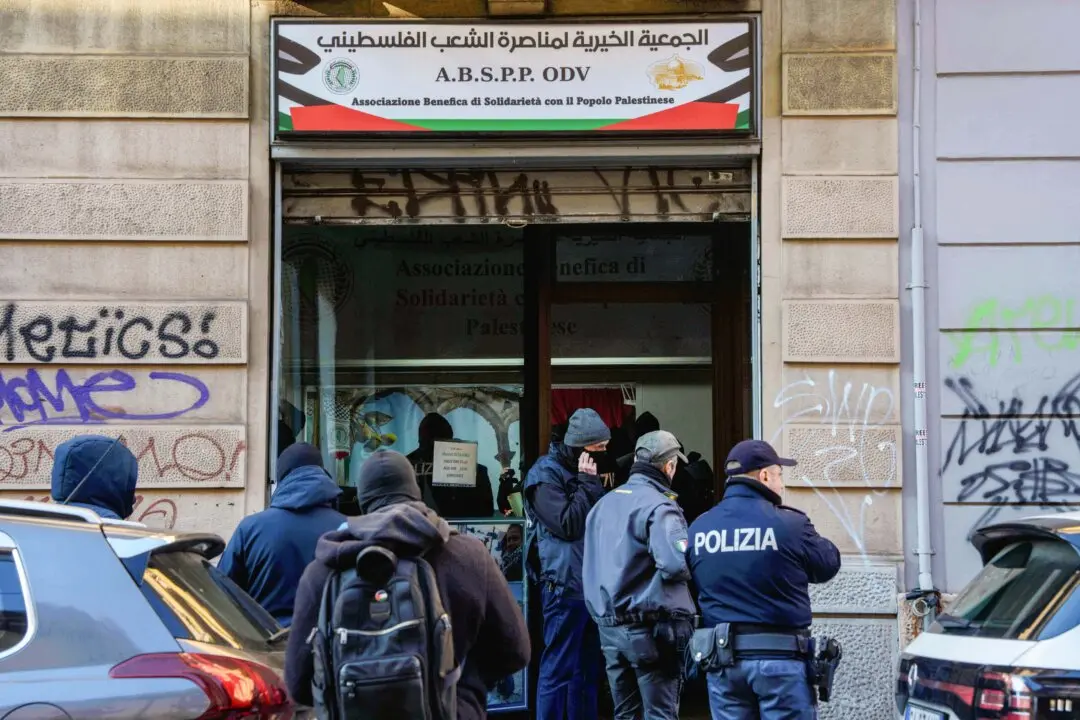Overall optimism among small-business owners ticked up slightly in August, although the level of confidence in the six-months-ahead outlook for business conditions fell to an eight-year low while hiring difficulties hit a 48-year high, a new report shows.
The so-called optimism index edged up by 0.4 percentage points to 100.1 in August from July, according to the Sept. 14 Small Business Economic Trends report (pdf) from the National Federation of Independent Business (NFIB).





